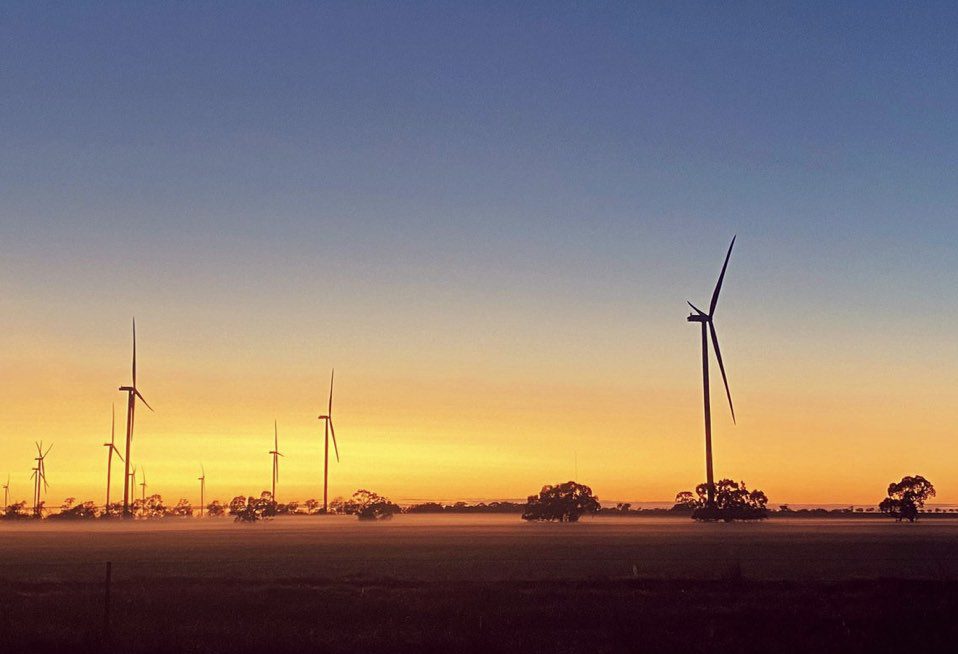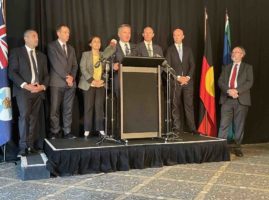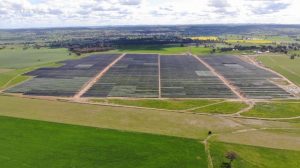Australian clean energy investors say reforms to the National Electricity Market need to be accelerated to help restore confidence amongst the developers of new wind and solar projects battling network congestion and curtailment.
The Clean Energy Investor Group (CEIG), which represents some of Australia’s largest investors in wind, solar and energy storage projects, warned that a growing number of investors were beginning to look offshore for better opportunities because of the grid congestion issue.
“Grid congestion is a handbrake to renewable energy investment and must be urgently fixed,” CEIG CEO Simon Corbell said.
“Investors could not be any clearer: we need urgent reform to grid access and congestion management to ensure the uptake of future clean energy projects in Australia. Without this, investors will continue to see higher levels of risk in the Australian market.”
CEIG says a recent survey of its members found that many clean energy investors saw current congestion and curtailment issues as contributing to an effective 100 to 250 basis point increase in the cost of finance compared to other international markets – prompting them to consider exiting the Australian market.
In a submission to the Energy Security Board’s proposed grid access and congestion management reforms – which the CEIG has previously criticised for potentially lumping wind and solar projects with the financial burden of poor network planning – CEIG urged market regulators to move quickly, and to adopt CEIG’s alternative congestion management proposal.
The ESB is considering a proposed ‘Congestion Management Model’ (CMM), which would push new wind and solar projects to participate in designated Renewable Energy Zones – which are being coordinated with investments in new network infrastructure – by imposing a cost on generators supplying power into congested parts of the grid.
Under the CMM, it is proposed that established projects would receive rebates of these costs in recognition of having less responsibility for seeing the relevant portion of the network becoming congested – but the extent of these rebates remains uncertain.
The proposal has proven controversial across the clean energy sector, with investors fearing the Congestion Management Model will impose new costs on existing projects for congestion caused by subsequent projects connecting to the same part of the grid.
While the Energy Security Board has indicated that it may adopt an alternative approach, the CEIG argues that its latest ‘congestion zone model’ would still impose significant costs on project developers, leading to higher overall energy costs without solving the underlying problem.
The CEIG says the congestion management approaches being considered by the ESB would create an unworkable risk for investors, as they would introduce new levels of uncertainty around future project revenues.
“Our Members’ feedback suggests that to protect their interests, financiers will tend to adopt very conservative approaches and use the most pessimistic assumptions when assessing whether to provide finance to a project or not,” the CEIG submission says.
“The difficulty to accurately forecast the level of the rebates over the life of the project is likely to create an unquantifiable risk, therefore bankers will be very hesitant to finance new developments.
“This could result in either unavailable or very expensive debt.”
CEIG has advocated for an alternative approach to reduce the risk to investors, with congestion managed on a ‘last in, first curtailed’ basis – where the most recent project connected to a congested part of the grid is the first to face curtailment.
CEIG argues that its transmission queue proposal would incentivise project developers to build new projects in parts of the grid with sufficient capacity while shielding existing projects from congestion issues caused by the overcrowding of subsequent projects.
“Getting reform right is critical to lower the cost of capital and therefore minimise the costs that will be paid by consumers for the generation, storage and transmission assets necessary for the energy transition,” Corbell said.
“Australia has no more time to waste. The next three months will be vital to progress the detailed design of all shortlisted reform proposals before a recommendation is made to Ministers at the end of this year.”
The Clean Energy Council has also proposed its own alternative approach, advocating for the creation of a new market for the trading of network access, allowing projects to transfer and optimise the use of available capacity on otherwise constrained grids.










